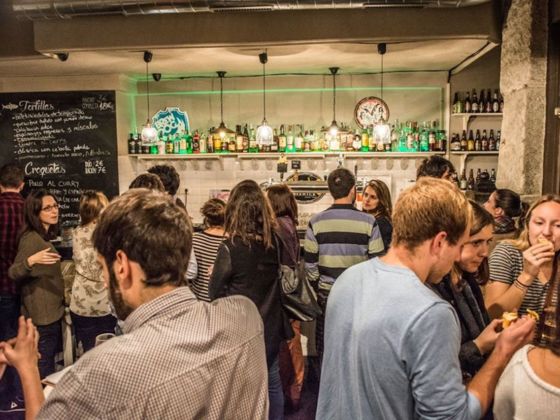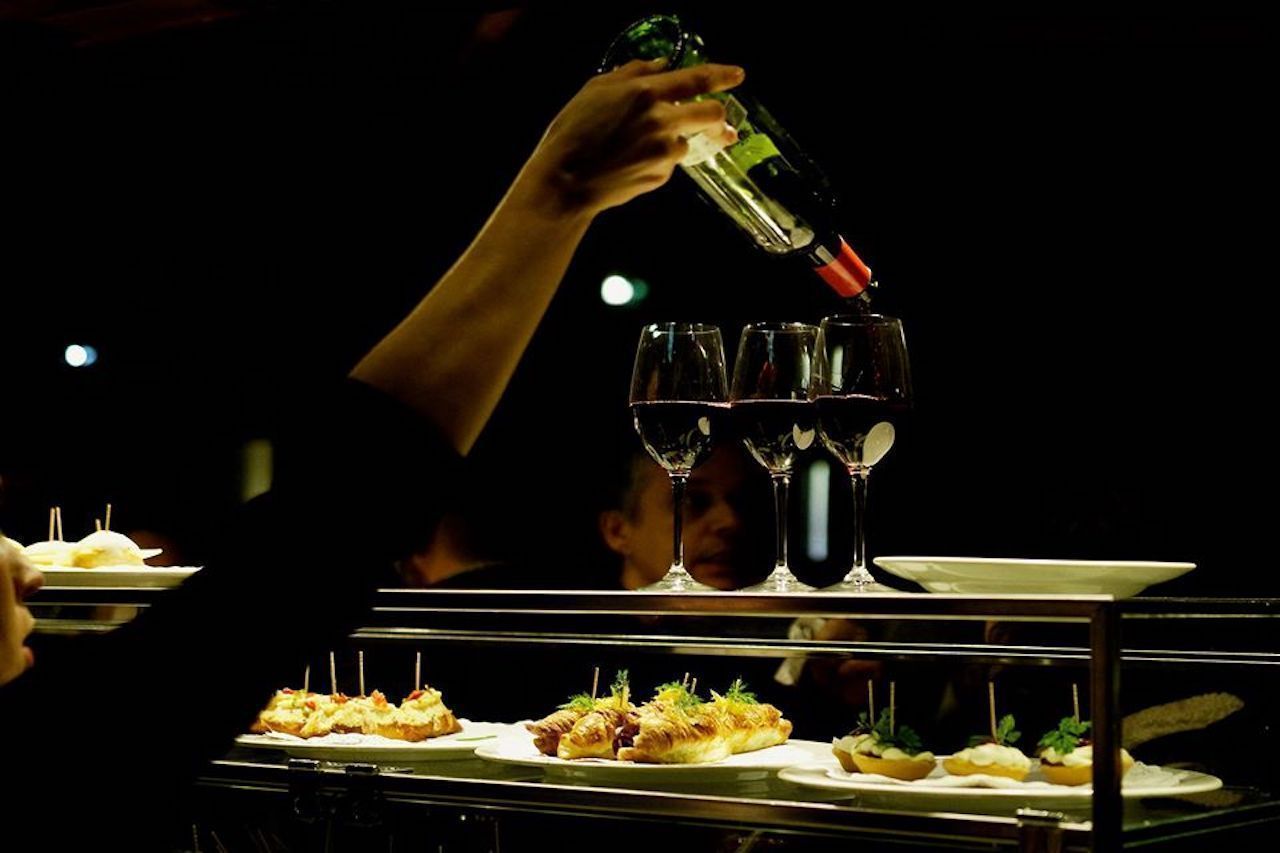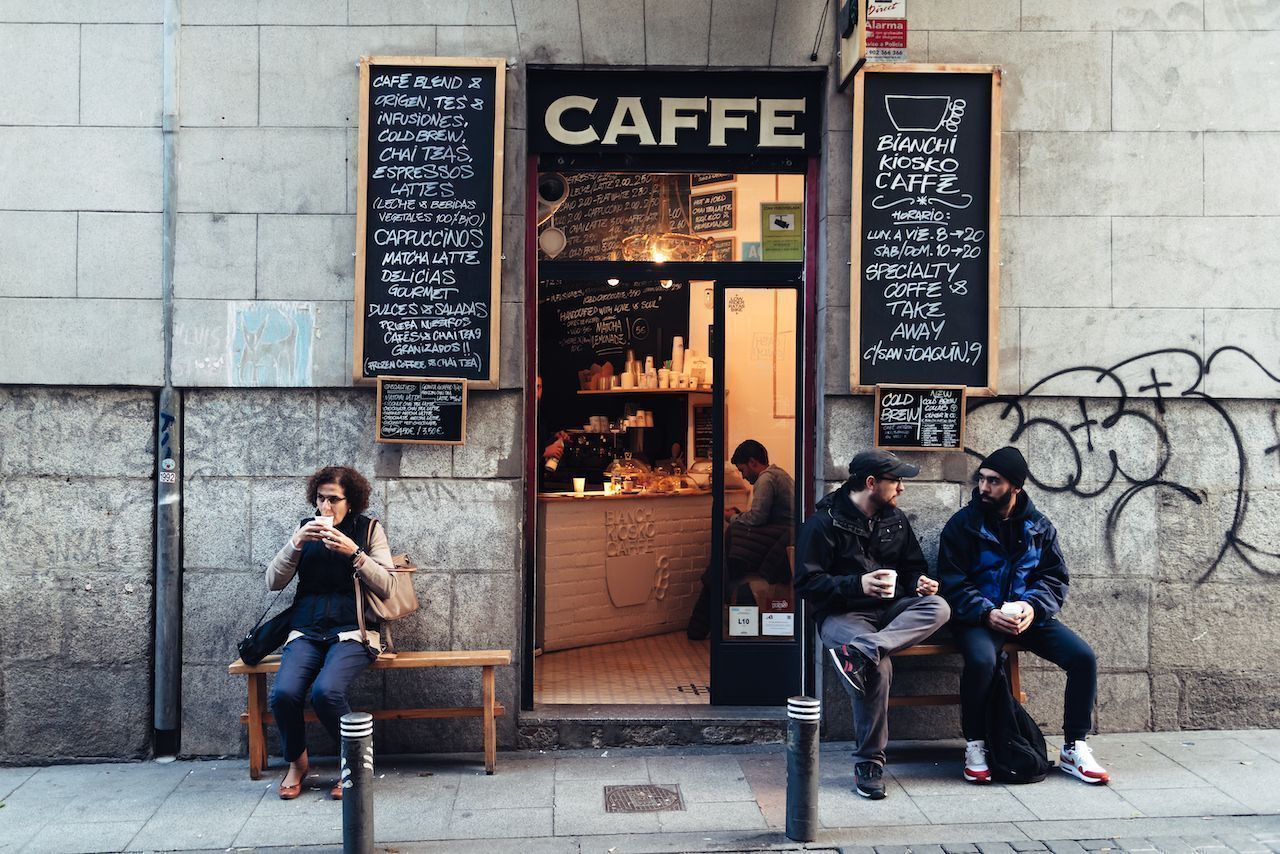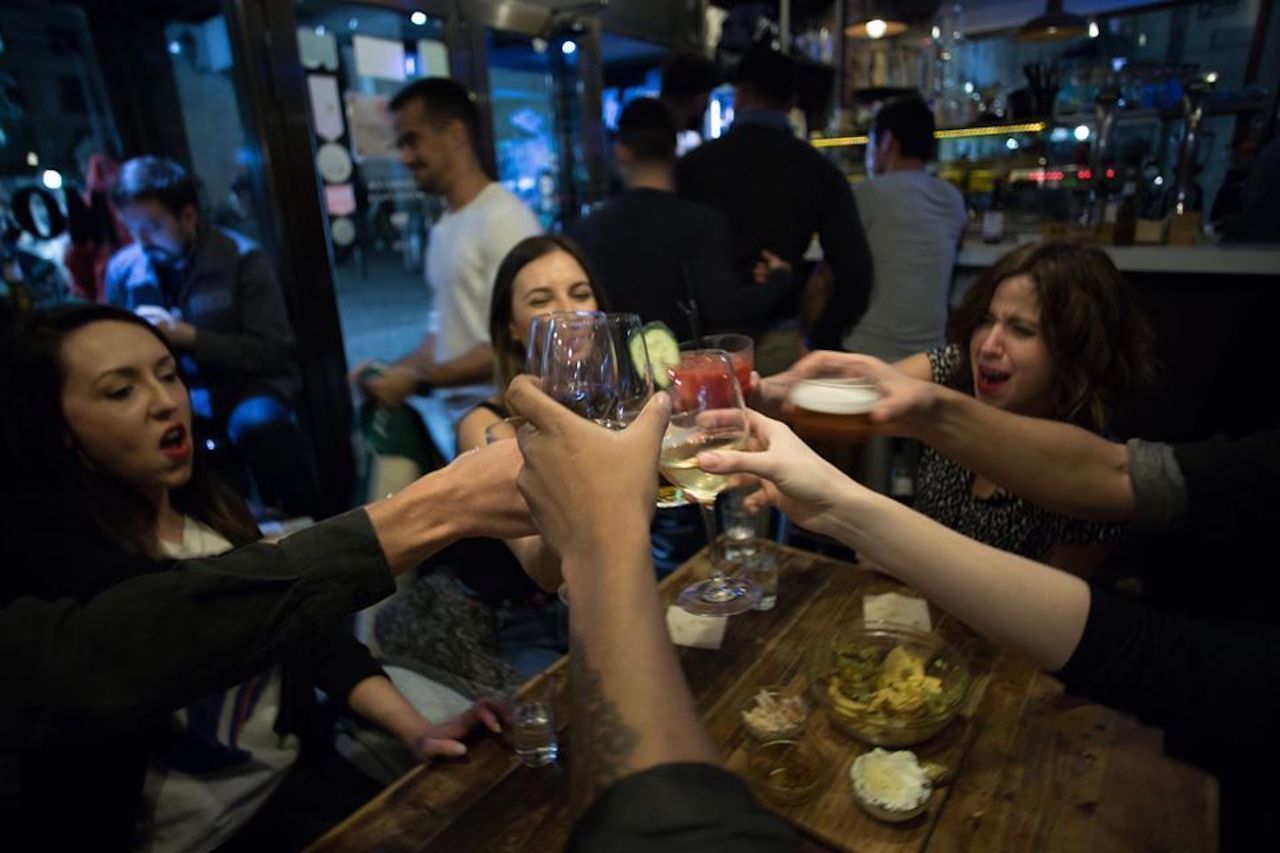Malasaña is to Madrid what Williamsburg was to Brooklyn in the early 2000s. The neighborhood gets its name from a young heroine, Manuela Malasaña, who died fighting against French occupation in the early 1800s. Fast forward to the 1980s, when Malasaña became the epicenter of a countercultural movement that saw young and rebellious Madrileňos embracing punk and free speech — both taboos under the Franco dictatorship.
Along with a reputation for breaking cultural norms, this colorful neighborhood is known for its eclectic food scene. Malasaña is the place to go if you want to taste a wide spectrum of Spanish cuisine, from traditional tapas to fusion creations. In fact, there’s a fair case to be made that Malasaña is Madrid’s best neighborhood for people who travel to eat.




